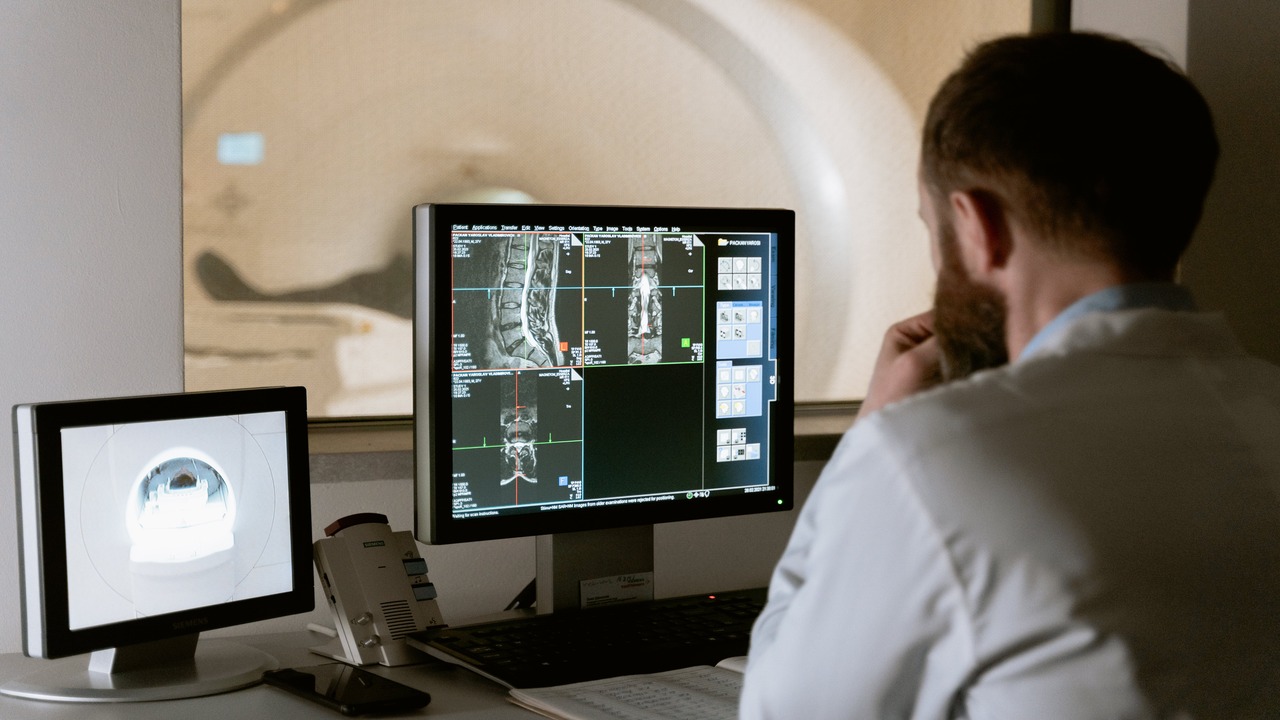Health, Australia (Commonwealth Union) – The grand opening of the Australian National Total Body PET Facility in Sydney marks a significant milestone, introducing the first-ever Total Body Positron Emission Tomography (TB-PET) scanner available for nationwide research and clinical utilization.
This state-of-the-art $15 million facility is the result of a collaborative effort between the University of Sydney, the National Imaging Facility (NIF), and the Northern Sydney Local Health District. Its purpose is to revolutionize healthcare by advancing studies in cancer, neurological disorders, cardiovascular disease, and drug development, while simultaneously revolutionizing patient care through reduced scanning times and radiation doses.
Housed at the Royal North Shore Hospital, the Siemens Biograph Vision Quadra stands at the forefront of nuclear medical imaging. Its groundbreaking capabilities enable comprehensive whole-body imaging in a single scan, achieving a remarkable reduction in radiation exposure and scanning time—from 20 minutes to as little as three—while enhancing the quality of the obtained images.
This cutting-edge technology allows simultaneous scanning of all tissues and organs, providing unprecedented insights into whole-body physiology and organ interactions unmatched by any other clinical imaging tool. The implications for medical research are vast, spanning fields such as oncology, neuroscience, cardiology, infectious diseases, and drug discovery, including the exploration of complex biological systems like the brain-gut axis.
As Australia’s most sensitive PET scanner dedicated to research, the facility becomes a crucial resource for clinical trials and collaborative ventures with industry partners. The ability to image the entire human body facilitates observation of drug absorption, accumulation, and elimination processes across all organs simultaneously.
Moreover, the reduced radiation exposure and scanning times contribute to expanding PET imaging options, particularly for vulnerable populations such as children involved in impactful research and clinical studies. The facility encourages the active participation of healthy individuals in clinical trials, enabling repeated scanning of patients to deepen our understanding of disease progression and treatment effects, thereby broadening the scope of medical research insights.
“The collaboration between the University of Sydney, the National Imaging Facility and Northern Sydney Local Health District demonstrates the power of partnerships in driving innovation,” added Professor Mark Scott, who is Vice-Chancellor and President of the University of Sydney.
“This facility shows what can be achieved when leading institutions join forces to advance healthcare and research capabilities. We are not only improving the health of patients today, but also utilising this technology to fast-track new discoveries for the future.”
One ongoing study focuses on unraveling the impact of the molecule oxytocin on the human brain and body. Oxytocin, a crucial natural chemical in the brain influencing social behavior, is being investigated for its potential benefits, particularly for individuals with conditions such as schizophrenia and autism. Despite its known positive effects on social understanding, the precise absorption sites and neural circuits influenced by oxytocin in the human brain and body remain a mystery.
Led by Professor Adam Guastella from the University of Sydney, a research team is utilizing the TB PET Scanner to observe, in real-time, the circuits in the brain and body affected by oxytocin following intranasal or intravenous administration. This cutting-edge approach has the potential to revolutionize our understanding of the biological foundations of human social behavior, opening doors to the development of innovative therapies.
The TB PET Scanner is housed within Sydney Imaging, the University of Sydney’s Core Research Facility dedicated to biomedical imaging. As a key research platform with national significance, it also serves as a flagship facility for the National Imaging Facility (NIF), supported by the Australian Government Department of Education’s National Collaborative Research Infrastructure Strategy (NCRIS).
Professor Margaret Harding, the Governing Board Chair of the National Imaging Facility, emphasized that the NIF’s substantial investment of $8 million in the Australian National Total Body PET Facility marks its largest commitment to date. This funding represents Australia’s most substantial single investment in molecular imaging, reinforcing research priorities aimed at alleviating the country’s burden of disease.








